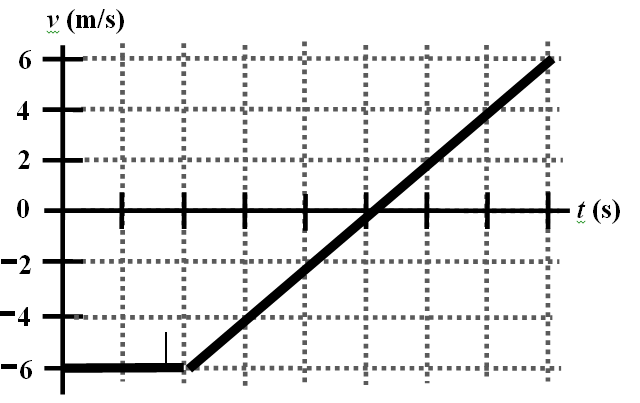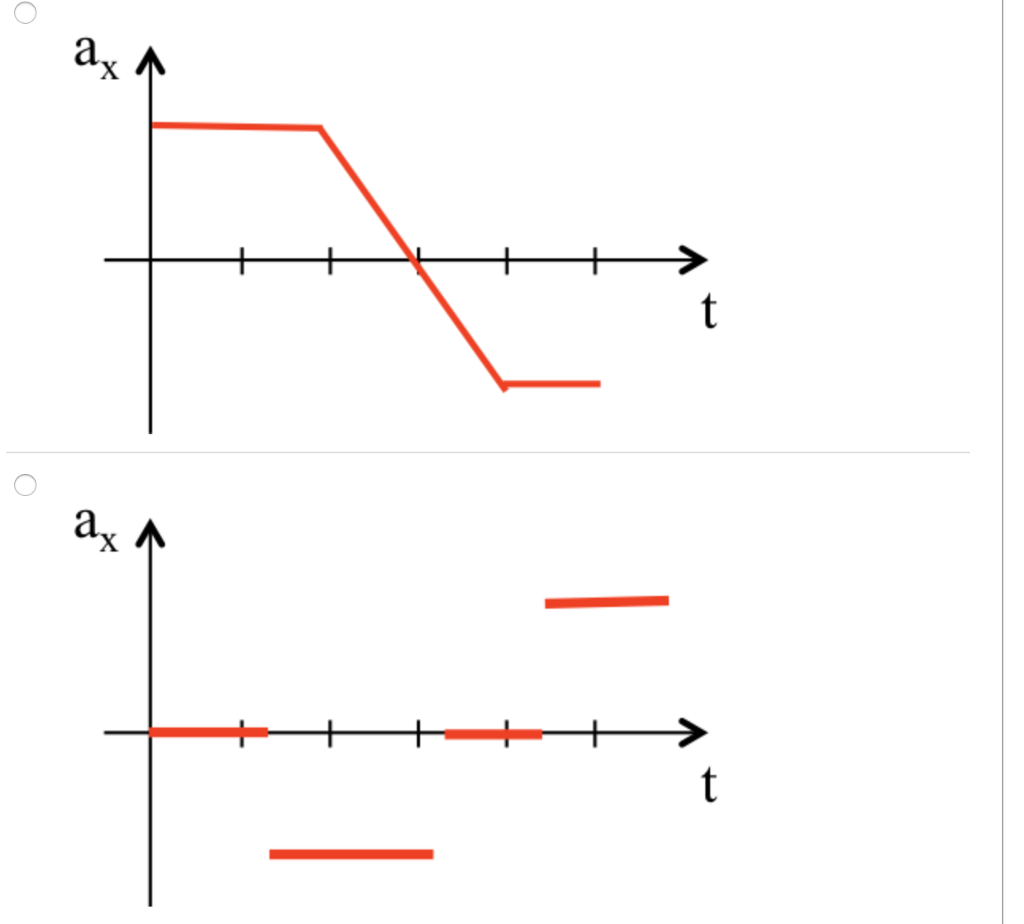

Straight diagonal lines represent an accelerated motion. If the horizontal line is above or below the time axis, then the object is moving with a constant positive or a constant negative velocity. If the horizontal line is on the time axis, the object is at rest (a constant velocity of 0 m/s). Horizontal lines represent an object with a constant velocity.

These graphs most commonly display horizontal lines or straight diagonal lines. Velocity versus time graphs represent changes that occur in an object's velocity with respect to time. A positive velocity is represented on a position-time graph by a line with positive slope. Thus, the graph represents an object moving with a constant positive velocity.Ī constant velocity motion is represented on a position-time graph by a straight diagonal line. Since only positive velocity values are plotted, the object has a positive velocity the entire time. The horizontal line represents a motion with a constant velocity.

The velocity-time graph displays a horizontal line located in the positive region of the graph (above the time axis). Then match the verbal description to the particular features of a position-time graph would be consistent with such a motion. Which position-time graph is equivalent to the given velocity-time graph?Ī suitable approach to this question involves analyzing the velocity-time graph in order to develop a verbal description of the moving object it represents.


 0 kommentar(er)
0 kommentar(er)
